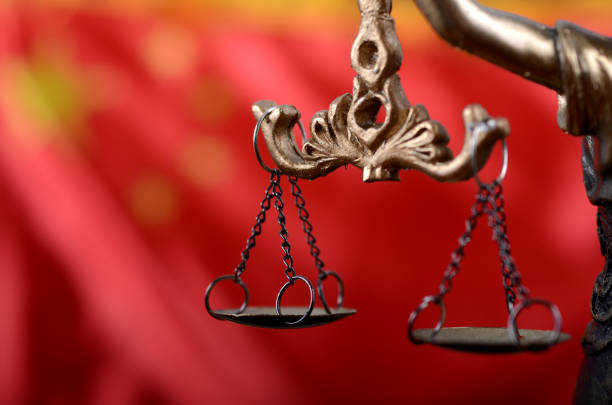If you were an IP rights holder in the early 2000s, you could expect damages from an infringement lawsuit to be around $20,000 on average. The situation arose due to a number of factors, including insufficient evidence collection methods, a lack of experience handling IP infringement cases, and the depth and breadth of the IP rights.
The situation has changed over time, and it recently reached a climax when the Supreme People’s Court (the SPC) of China issued a lot of typical IP cases, awarding RMB1.59 billion damages to the owner of a trade secret for manufacturing vanillin, the most widely used spice in the food industry, which is the highest damages affirmed by the SPC. The record is likely to be broken soon because the RMB1.59 billion was only a fraction of the plaintiff’s damages up to the end of 2017, and the rights holder may seek additional damages for infringements that occurred after 2017, as the Unfair Competition Law has introduced punitive damages since 2018.
Increasing Damages In IP Infringement Litigation In China
In intellectual property infringement cases, higher damages are becoming increasingly common. On the one hand, an increasing number of Chinese businesses are realizing the value of intellectual property in their business. In 2020, around 149 million invention patent applications were filed, along with 292.7 million utility model patent applications and 0.77 million design patent applications. Meanwhile, in 2020, 576.1 million trademarks will have been registered, giving rights holders greater alternatives when it comes to enforcing their IP rights.
On the other hand, Chinese courts are now looking at new approaches to bolster IP rights protection and evaluate damages. Court rulings and evidence preservation have grown increasingly widespread in practice, in addition to the advent of a court’s technical expertise to aid the judge in comprehending the technologies. In many circumstances, the goal of petitioning the court to acquire or retain evidence is more akin to a litigation tactic used to seek high damages than just obtaining the defendant’s financial data.
Even when faced with a court order compelling them to do so, few defendants choose to submit financial data, such as sales records or the profit margin of the suspected infringing goods. This would result in a favorable outcome for the plaintiffs. When a defendant refuses to submit financial data without good reason, for example, the court may assume that the plaintiff’s damages claim is tenable.
As evidence preservation becomes more widespread and popular in IP litigations, the court will have a greater possibility of determining the damages caused by the infringement, resulting in a higher amount of compensation.
Furthermore, certain recent instances released by the SPC demonstrate that IP rights owners use a combination of strategies to sue for damages in court. The plaintiff in the vanillin case used a variety of methods to show damages, including the plaintiff’s damages, profits earned via infringement, and changes in market shares induced by the infringement. The plaintiff benefited greatly from the combined strategies since the damages determined through several ways could be cross-referenced, allowing the court to feel more comfortable with the amount of compensation. This might be crucial in obtaining higher damages in an IP infringement lawsuit.
This is a significant shift since, in the past, the court would reject the plaintiff’s calculation if the plaintiff couldn’t supply the defendant’s financial data due to the lack of evidence, regardless of how difficult it was for the plaintiff to collect such evidence.
If the plaintiff does not have access to the defendant’s financial data, it is likely that the Chinese courts may consider shifting the burden of evidence in IP infringement cases. Because the largest barrier for patentees to achieve significant compensation appears to be steadily decreasing, the amount of damages continues to rise.
You can find the list of China IP Firms here.

